Land Transport in Mughal India: Agra-Lahore Highway and its Architectural Remains
Synopsis
The seventeenth century Europeans, who traversed the Agra-Lahore Mughal Highway, showered high praise on it. the British traveler Thomas Coryat (1612-17) considered it an incomparable show of that kind ever surveyed by his eyes. Thomas Roe (1614-18), Ambassador of James I, the King of England to the Mughal Court, praised it as 'one of the great works and wonders of the world'. This high acclaim of the route prompted Subhash Parihar to study the route, traveling it stage by stage, in their footsteps. He thoroughly studied the rich architectural remains of the Highway in the forms of caravansarais, bridges, kos-minars, baolis and tanks. A survey report of these remains forms the kernel of the book. No other factor is more determining in deciding the routes in a region than its geography. Hence the physical geography of the Indian sub-continent, particularly the northern India, as well as its historical outline forms the subject of the first chapter. The second chapter describes the means of transport and communication used in India during the medieval times. The third chapter traces three major medieval routes in the Mughal Empire-Agra to Kabul-mainly on the basis of medieval travel accounts. The development of routes to the west of the river Yamuna and the evolution of the Agra-Lahore Highway form the subject matter of the fourth chapter. The fifth chapter presents the historical background and an analysis of the building for travelers, namely, caravansarais, bridges, baolis, tanks and kos-minars. The last, the most important, chapter comprises a report of the field survey of the architectural remains of the Agra-Lahore Mughal Highway. The book concludes with two appendices, a glossary, and a bibliography. The study, besides being the actual field survey, also makes use of the primary sources like ancient texts, medieval chronicles, travel accounts, Archaeological Survey of India Reports, District and State Gazetteers, as well as numerous secondary sources. The study is illustrated with 6 maps, 68 drawings, 16 colour plates and 143 monochrome plates, all prepared by the author himself.
Read more
189.90
170.91
$
211.00 $
Free delivery Wolrdwidе in 10-18 days
Ships in 1-2 days from New Delhi
Membership for 1 Year $35.00
Get it now and save 10%
Get it now and save 10%
BECOME A MEMBER

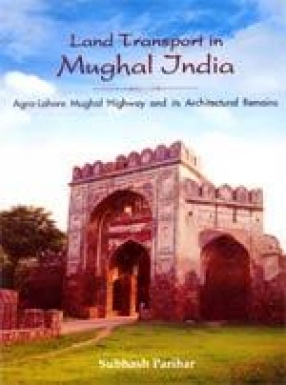
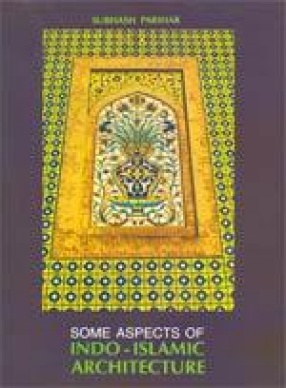
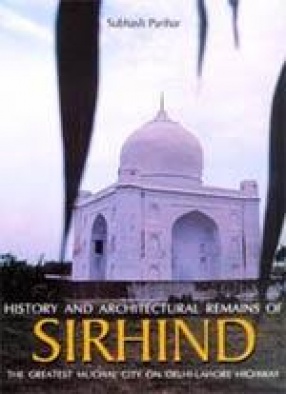
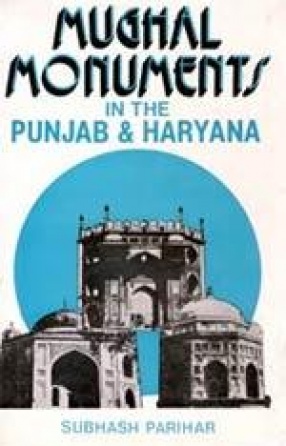

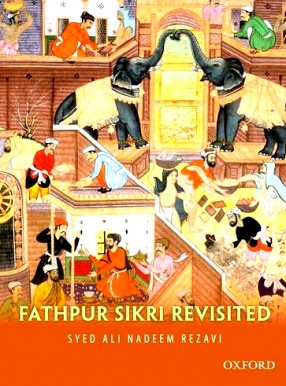
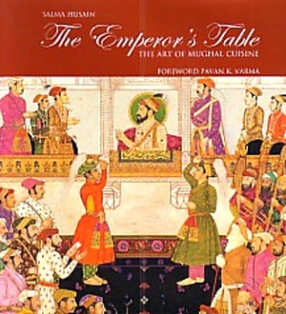
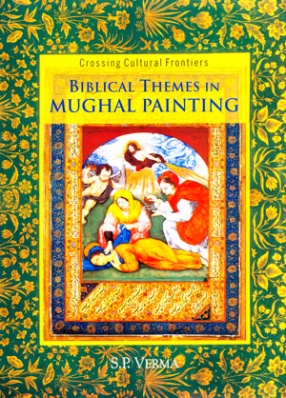
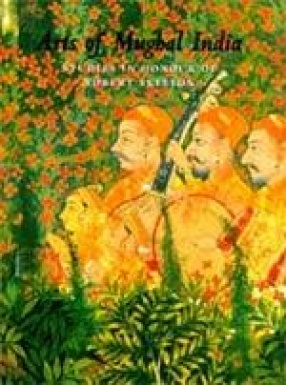

Bibliographic information